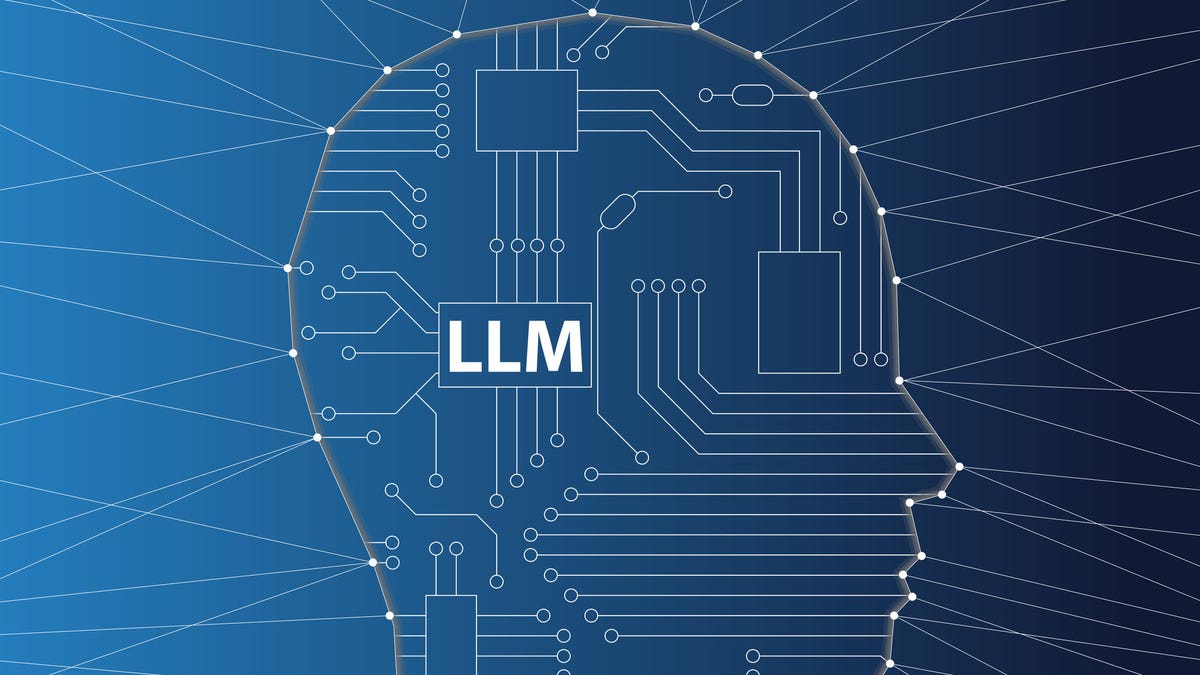
The Future of Language Models: Understanding the Power of LLMs
============================================================
As I sit down to write about large language models (LLMs), I am reminded of the rapid progress we’ve made in the field of artificial intelligence. It’s hard to believe that just a few years ago, the idea of conversing with a machine seemed like science fiction. Today, we have chatbots like ChatGPT, Claude, and Copilot that can understand and respond to our queries with uncanny accuracy.
But what exactly are LLMs, and how do they work their magic? In this article, we’ll delve into the world of language models, exploring their capabilities, limitations, and potential applications.
What is a Language Model?
A language model is essentially a program designed to predict what language looks like when produced by humans. According to Mark Riedl, professor at the Georgia Tech School of Interactive Computing, “a language model is something that tries to predict what language looks like that humans produce.” This prediction is based on patterns and relationships learned from vast amounts of training data.
The Rise of Large Language Models
LLMs are a type of language model that have gained popularity in recent years. These models are characterized by their massive size, with some boasting over 1 billion parameters. This scale allows them to learn and improve rapidly, making them incredibly effective at generating human-like text.
The likes of Google, Microsoft, and OpenAI have been at the forefront of LLM development, releasing models like Lumiere, Sora, and Gemini. These models have been fine-tuned for specific tasks, such as generating images, video, and audio, and have even been used to create virtual games and music.
How Do Large Language Models Learn?
LLMs learn through a process called deep learning, where they’re fed vast amounts of training data, including books, articles, code, and social media posts. This data is used to understand how words are used in different contexts, allowing the model to predict future words and sentences.
The learning process involves breaking down text into smaller pieces called tokens, which are then analyzed to identify patterns and relationships. This process is repeated billions of times, refining the model’s understanding of language and enabling it to generate text that sounds natural and coherent.
What Can Large Language Models Do?
Given a series of input words, an LLM can predict the next word, making them incredibly useful for tasks like language translation, text summarization, and chatbot development.
Where Do Large Language Models Struggle?
While LLMs are incredibly powerful, they’re not without their limitations. They can struggle with queries that are fundamentally different from their training data, and they’re not good at predicting the future or making decisions. They can also provide incorrect information about current events, as their training data may not be up-to-date.

The Future of Large Language Models
As we look to the future, we can expect to see significant advancements in LLMs. Companies like OpenAI and Adobe are already debuting multimodal models that can process images, video, and audio. We may also see improvements in LLMs’ abilities to understand and converse in additional languages.
The possibilities are endless, and it’s exciting to think about the potential applications of LLMs in fields like education, healthcare, and entertainment.

Conclusion
Large language models have come a long way in a short time, and their potential is vast. As we continue to develop and refine these models, we may unlock new possibilities for human-AI collaboration and innovation.
















